Aging in Rural America – As the population of rural America continues to age, planning for elder care has become a critical issue. While rural life is often celebrated for its close-knit communities and quiet, pastoral landscapes, it also presents significant challenges when it comes to providing care for an aging population. From access to healthcare facilities to the availability of support services, growing old in rural areas requires careful planning and a concerted effort to address the unique needs of seniors.
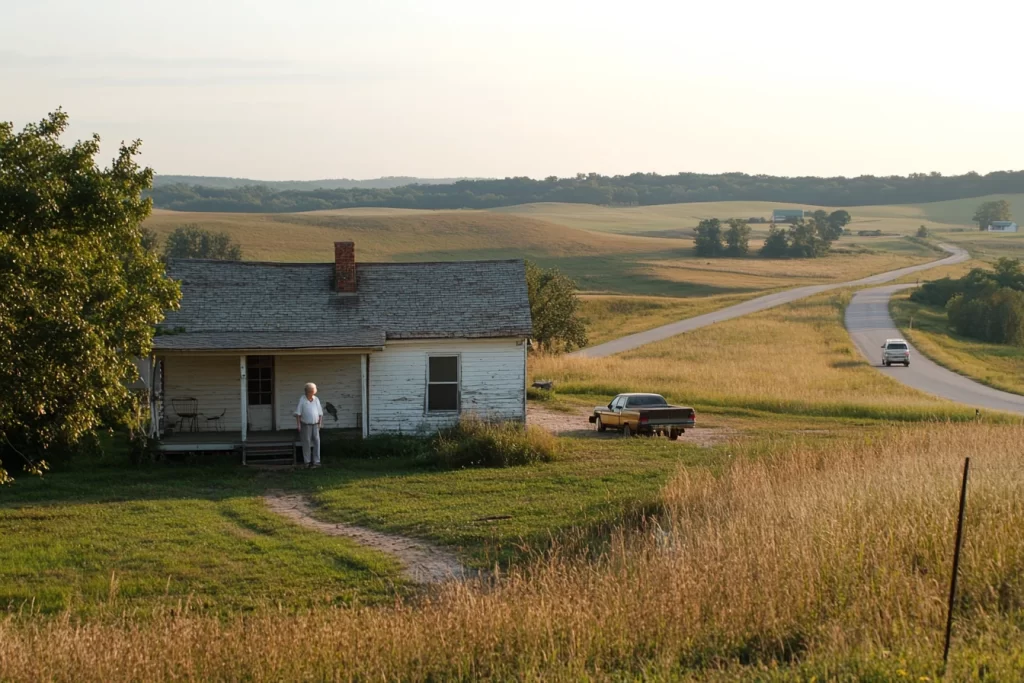
The Challenges of Aging in Rural Communities
Rural areas are experiencing a demographic shift, with many young people moving to urban centers for education and employment. As a result, rural populations are aging at a faster rate than their urban counterparts. This shift is placing a strain on already limited healthcare services, and the geographic isolation that defines many rural areas makes it more difficult for older residents to access the care they need.
Healthcare infrastructure in rural America is often limited, with fewer hospitals, long-term care facilities, and specialized medical professionals. Many seniors must travel long distances to see a doctor or receive specialized treatments, a journey that can be difficult for those with mobility issues or chronic health conditions. Transportation, a key issue in rural planning, becomes a barrier to care as public transportation options are scarce or nonexistent in many rural areas.
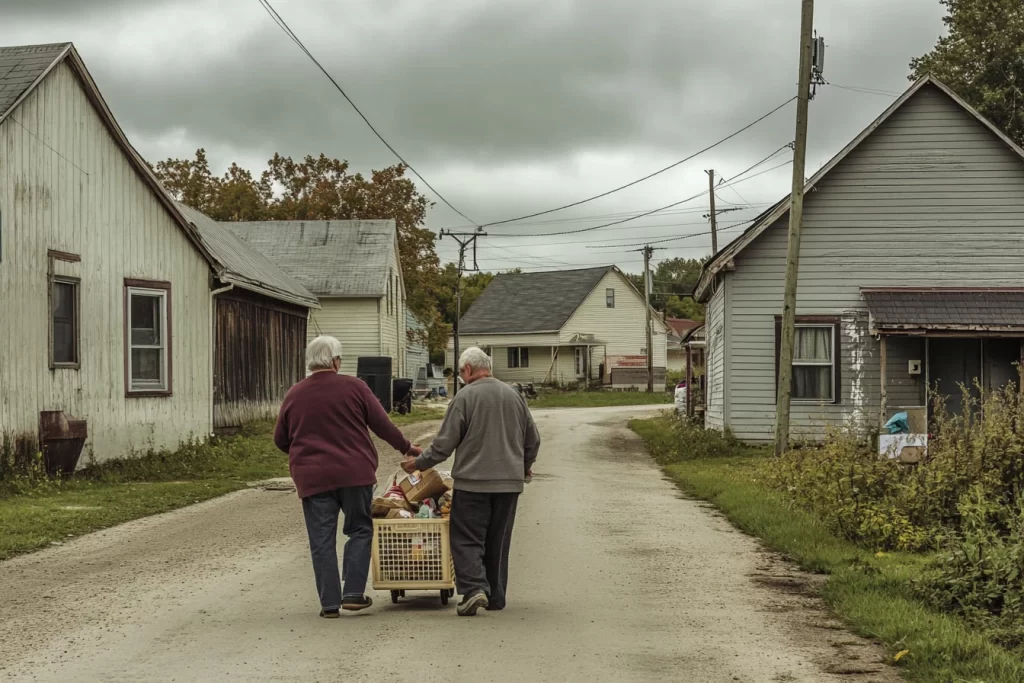
The Importance of Community-Based Care
One of the most promising solutions for addressing the elder care challenge in rural areas lies in strengthening community-based care models. These models emphasize the role of local support networks—family, neighbors, and community organizations—in providing care for seniors. By leveraging the strengths of tight-knit rural communities, it is possible to create systems of care that are both effective and sustainable.
Home health services, volunteer caregiver programs, and local health clinics are all essential components of a community-based care approach. Rural planners can play a pivotal role in ensuring these services are available and accessible. Planning for the future involves not just physical infrastructure, such as clinics and transportation systems, but also fostering collaboration between local governments, healthcare providers, and community organizations.

The Role of Telemedicine
Telemedicine is another tool that has the potential to revolutionize elder care in rural America. With the advent of digital technologies, seniors in rural areas can now consult with specialists and receive care remotely, reducing the need for long-distance travel. However, the success of telemedicine in rural communities hinges on reliable broadband infrastructure—something that remains unevenly distributed across rural America.
As rural planners work to bridge the digital divide, expanding access to high-speed internet is a key priority. Ensuring that seniors and their caregivers can use telemedicine services effectively requires not only technological investments but also education and training programs to help older residents navigate these new tools.
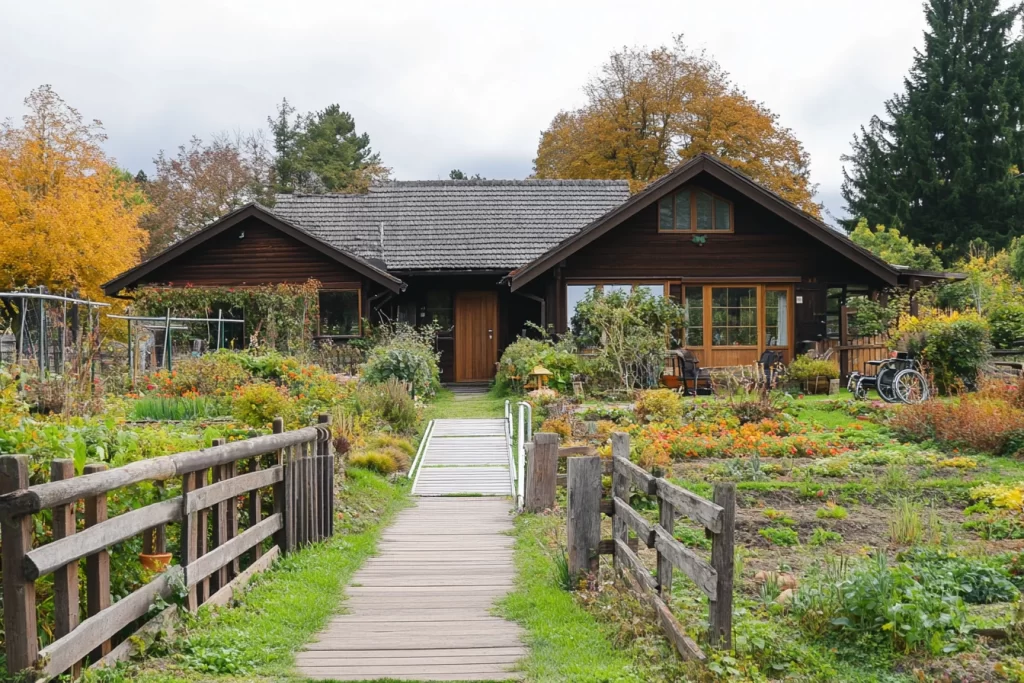
Housing and Accessibility
Another critical aspect of aging in rural America is the need for accessible, affordable housing. Many seniors in rural areas live in homes that were not designed with aging in mind, lacking features such as ramps, wide doorways, or walk-in showers. Planning for senior-friendly housing is essential to ensure that older residents can remain in their homes safely as they age.
In addition to retrofitting existing homes, rural planners must also consider the development of new housing options that cater to seniors. Independent living communities, assisted living facilities, and multi-generational housing models can all play a role in providing safe, supportive environments for rural seniors. These developments should be integrated into the fabric of rural communities, allowing seniors to remain connected to their neighbors and support networks.
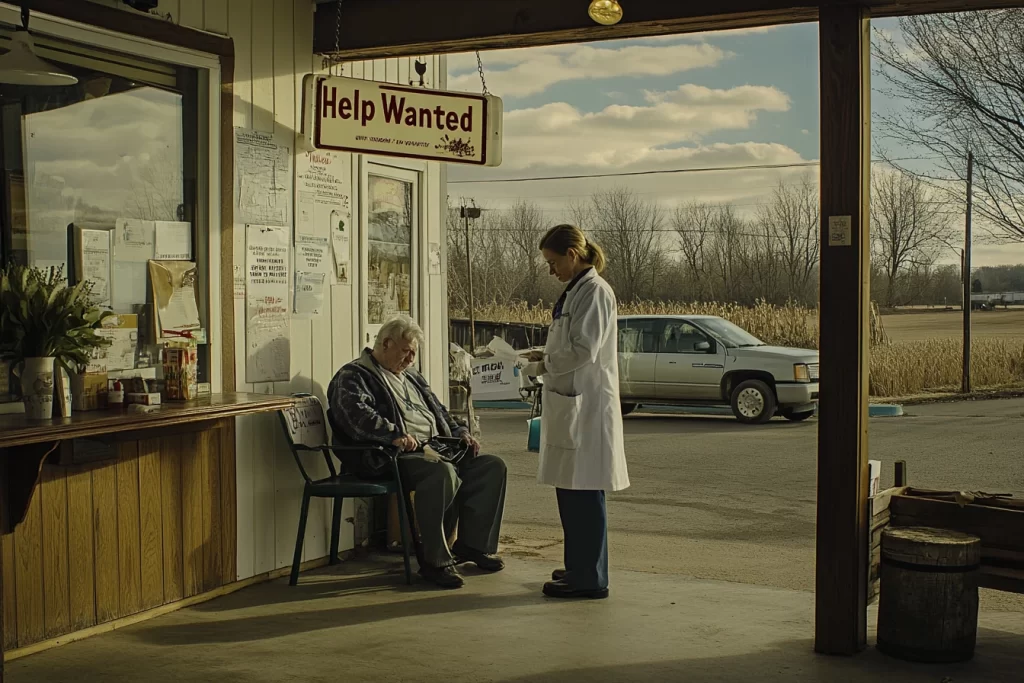
Addressing Workforce Shortages
One of the most significant challenges in providing care for seniors in rural areas is the shortage of healthcare workers. Rural communities often struggle to attract and retain doctors, nurses, and home health aides, making it difficult to meet the growing demand for care. Workforce development programs, incentives for healthcare professionals to work in rural areas, and training for local residents can help address this shortage.
Rural planners have a role to play in advocating for these programs and ensuring that local healthcare facilities are adequately staffed. Collaboration with educational institutions and healthcare providers is essential to create pipelines for training and recruiting the next generation of rural healthcare workers.
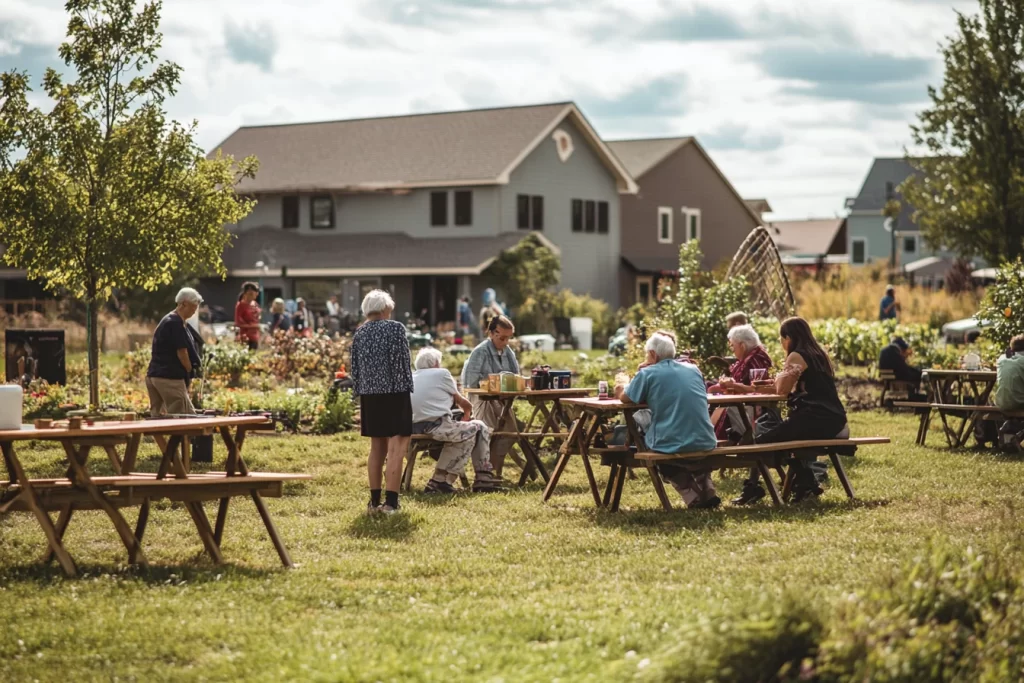
The Future of Aging in Rural America
As rural America faces the challenge of an aging population, it is clear that careful planning and investment are needed to ensure that seniors can age with dignity and support. From improving healthcare access to developing age-friendly housing and addressing workforce shortages, rural communities must take a proactive approach to elder care.
Rural planners are uniquely positioned to lead these efforts, bringing together stakeholders from across the community to develop comprehensive, sustainable solutions. By planning for the future today, rural America can ensure that its seniors receive the care they need while remaining an integral part of the communities they helped to build.
Additional Information on the Topic of Aging in Rural America:
For Rural Healthcare Access and Challenges:
- National Rural Health Association – Provides in-depth resources and information on healthcare access in rural areas.
For Community-Based Care:
- Rural Health Information Hub – Offers a comprehensive guide on community-based care and health resources for rural communities.
For Telemedicine in Rural Areas:
- American Telemedicine Association – Explore the role of telemedicine in improving healthcare access for rural communities.
For Senior Housing and Accessibility:
- U.S. Department of Housing and Urban Development – Housing for Seniors – Offers information on senior housing programs and accessibility planning.
For Workforce Shortages in Healthcare:
- Health Resources and Services Administration (HRSA) – Information on healthcare workforce shortages and initiatives to address them in rural areas.
For Aging and Elderly Care:
AARP – Rural Aging Resources – Insight into aging in rural areas and the challenges seniors face.
Previous Blogpost: How Remarkable Rural Entrepreneurs Can Empower America’s Heartland
